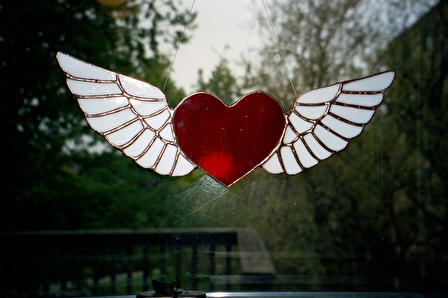 |
| Proserpine by Hiram Powers at the Honolulu Museum of Art |
Proserpine (or Persephone) is a character from Greek mythology who was forced to spend part of every year in the underworld. Her absence from the earth was believed to cause winter, while her return brought spring. Hiram Powers modeled the original bust of Proserpine to include an elaborate woven basket filled with flowers. This proved too time-consuming and expensive to carve, however, and it was changed to a simple arrangement of acanthus leaves. Proserpine was replicated more than any other work produced by an American sculptor during the nineteenth century, and Powers’s studio carved more than three hundred copies.
On a recent trip to Hawaii, I went to the Honolulu Museum of Art. One of the photos I took was one of Prosperine. The Museum was a lovely building with several courtyards with seating and plantings. I enjoyed the collection.
This past weekend I was at the beautiful Milwaukee Art Museum.
 | ||
| Milwaukee Art Museum - The graceful Quadracci Pavilion is a sculptural, postmodern addition designed by Spanish architect Santiago Calatrava. Highlights of the building are the magnificent cathedral-like space of Windhover Hall, with a vaulted a 90-foot-high glass ceiling | I |
 |
| Proserpine by Hiram Powers at Milwaukee Art Museum |
The museum's notes say:
"Despite Hiram Powers receiving limited training in his
native Cincinnati, his talent as a sculptor captured the attention of local
collectors and wealthy patrons able to finance his travels to the East Coast
and Europe.. Powers eventually settled in Florence and embraced Neoclassicism,
a style indebted to the art of ancient Greece and Rome and its subject
matter. In this second of three
versions the artist created the Roman Goddess Proserpine, the mythical daughter
of Ceres, he depicts her rising out of ornamental acanthus blossoms, a symbol
of her mortality and a promise of the return of spring and summer each
year. Due to the sculpture’s
popularity and high demand from enthusiastic clients, Power’s studio produced
some three hundred copies."
How timely that I discover more about Prosperine (or Persephone, the name I was more familiar with) in the spring of the year in two places!




No comments:
Post a Comment